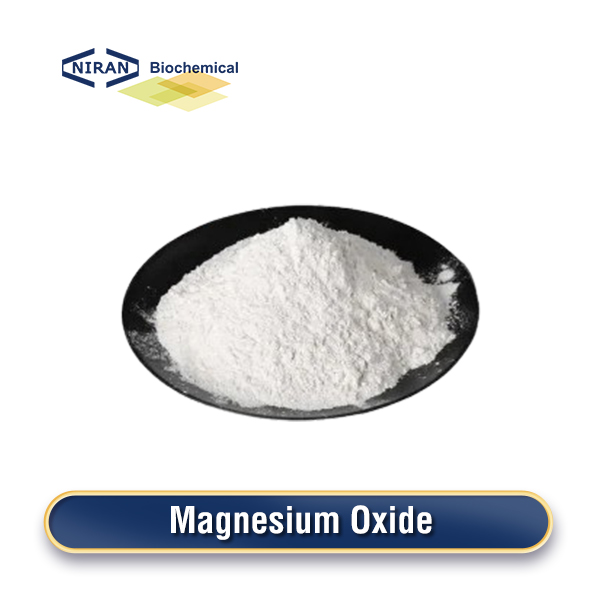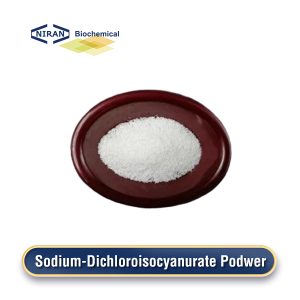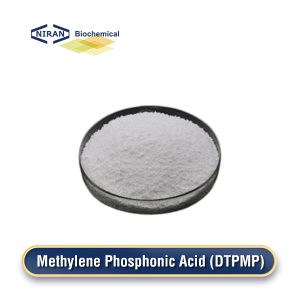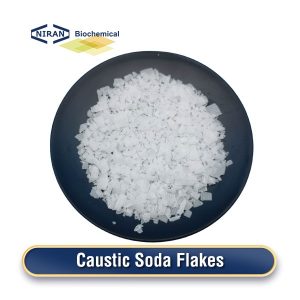Magnesium Oxide
- CAS Number: 1309-48-4
- Chemical Formula: MgO
- MOQ: 1000KG
- Shelf Life: 2 years
- Types: Powder, Granular
- Synonyms: Magnesia, Periclase
Product Description
What Is Magnesium Oxide?
Magnesium Oxide (MgO), an inorganic compound, is widely utilized across diverse industries for its high melting point, excellent insulation properties, and alkaline nature.
It is primarily produced through calcination, where magnesium carbonate (MgCO₃) or magnesium hydroxide (Mg(OH)₂) is heated to temperatures between 800-1000°C. In the case of magnesium carbonate, the reaction results in magnesium oxide and carbon dioxide, while magnesium hydroxide produces magnesium oxide and water upon heating. The final product is commonly supplied as either a fine powder or in granular form, depending on the specific application. Magnesium oxide is widely used in sectors like construction, agriculture, pharmaceuticals, and water treatment, making it a versatile industrial compound.
Related Parameters:
| Items | Specification |
| Assay | ≥96.5% |
| CaO % | ≤0.20 |
| Carbonate | ≤ 1.5 |
| Solubles % | ≤ 2.0 |
| LOI % | ≤ 5.0 |
| As | ≤ 0.0003% |
| Pb | ≤ 2.0 mg/kg |
Recommended Dosage of Magnesium Oxide:
| Applications | Dosage |
| Construction Industry | 35%-45% |
| Agriculture | 15%-25% |
| Chemical Industry | 10%-20% |
| Environmental Applications | 10%-15% |
| Pharmaceuticals | 5%-10% |
| Electronics | 3%-7% |
Magnesium Oxide Has Wide Range of Uses:
- Yielding calcium hydroxide through hydration, it is essential in the construction sector for cement and concrete production.
- In agriculture, MgO serves as a soil conditioner and magnesium supplement for plants.
- In the realm of chemical manufacturing, it serves dual purposes: it is employed in the generation of magnesium salts and functions as a catalyst within certain chemical reactions.
- Environmental applications include its use in water treatment to neutralize acidity and in flue gas treatment.
- MgO is also employed in the pharmaceutical industry as an antacid and in electronics for insulation purposes.
User Asked Question:
Q: How does Magnesium Oxide (MgO) differ from Calcium Oxide (CaO)?
A: Magnesium Oxide (MgO) has a higher melting point and exhibits lower reactivity compared to Calcium Oxide (CaO). MgO is mainly used in refractory materials and agriculture, while CaO is widely used in cement production, steel desulfurization, and water treatment. MgO also reacts less vigorously with water compared to CaO.




